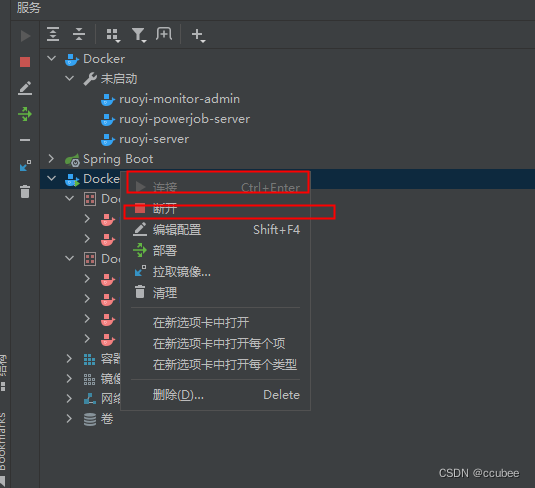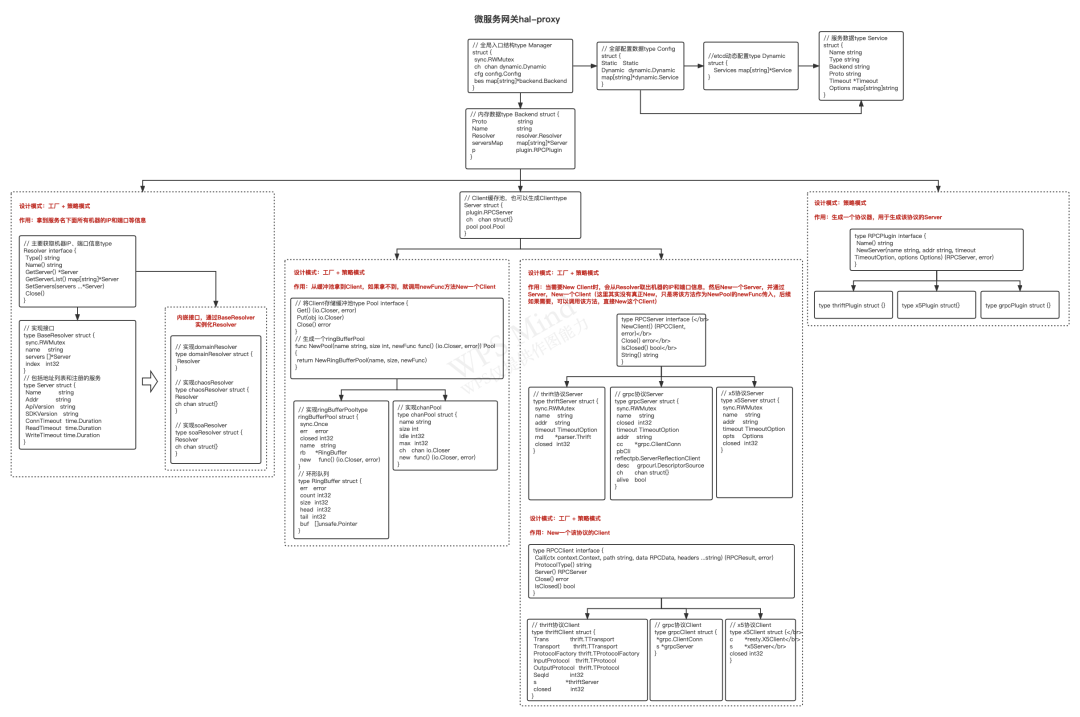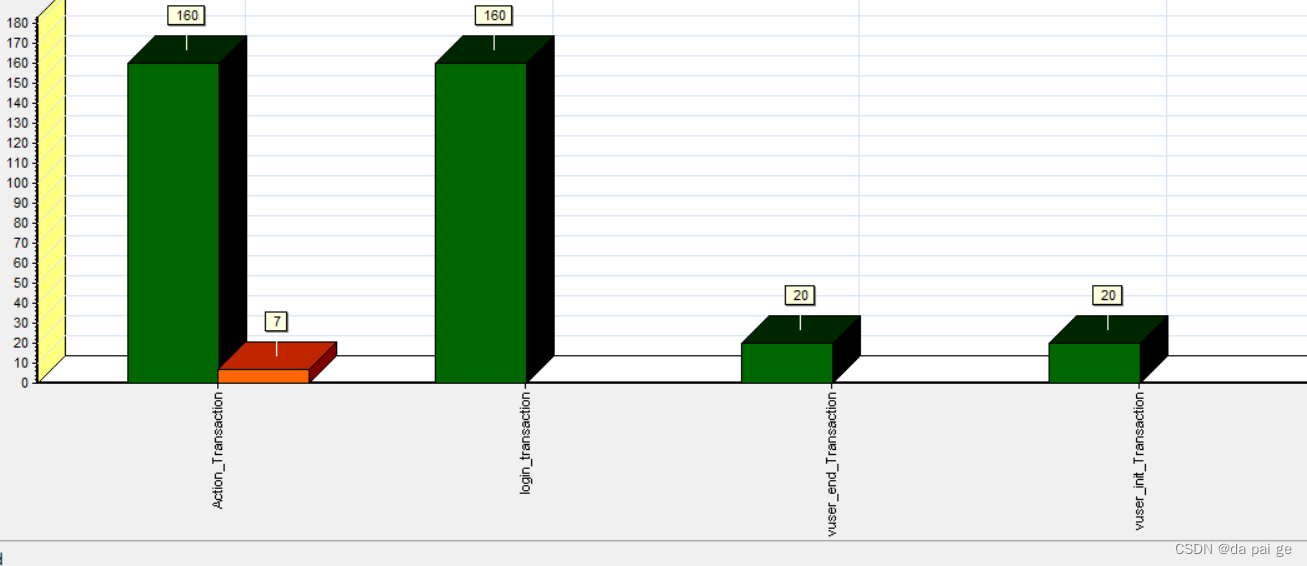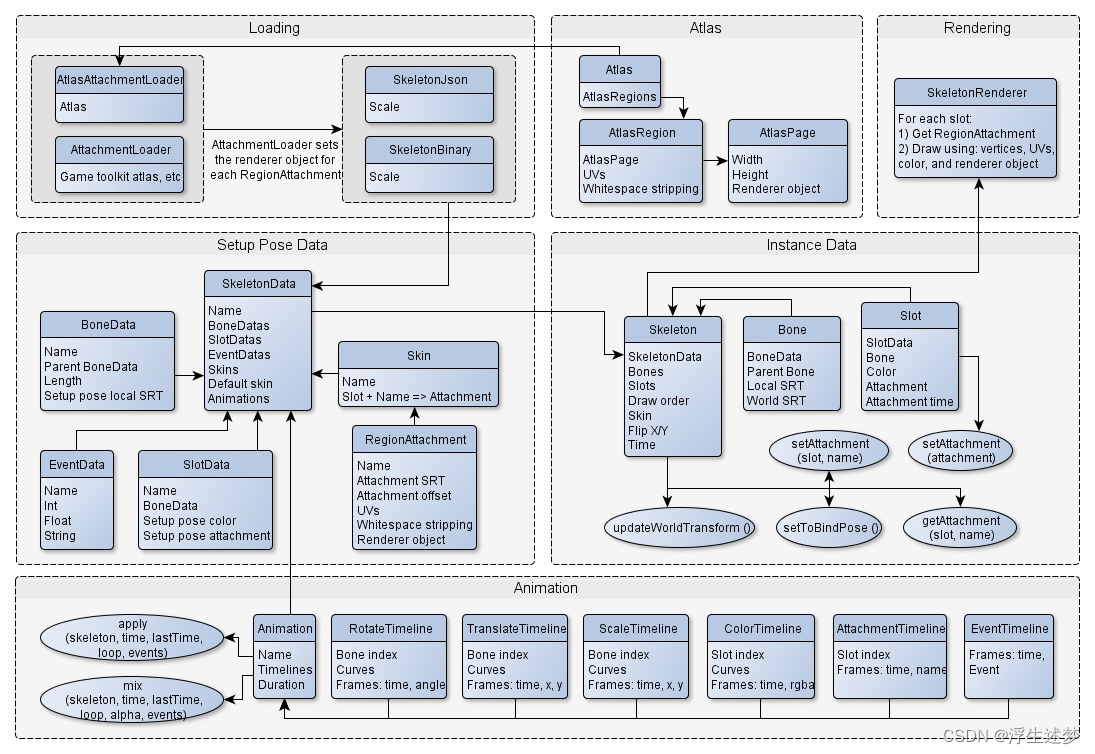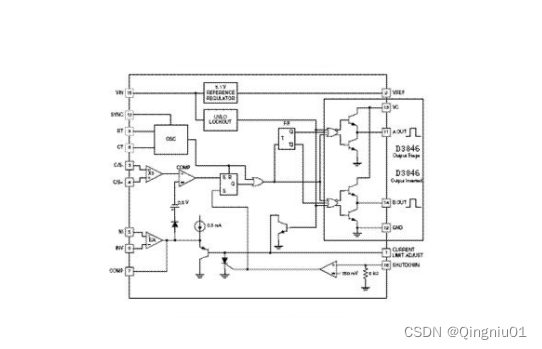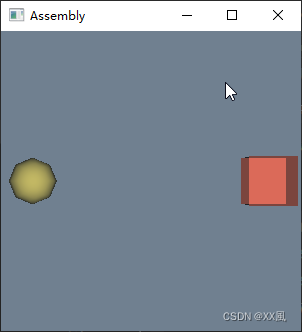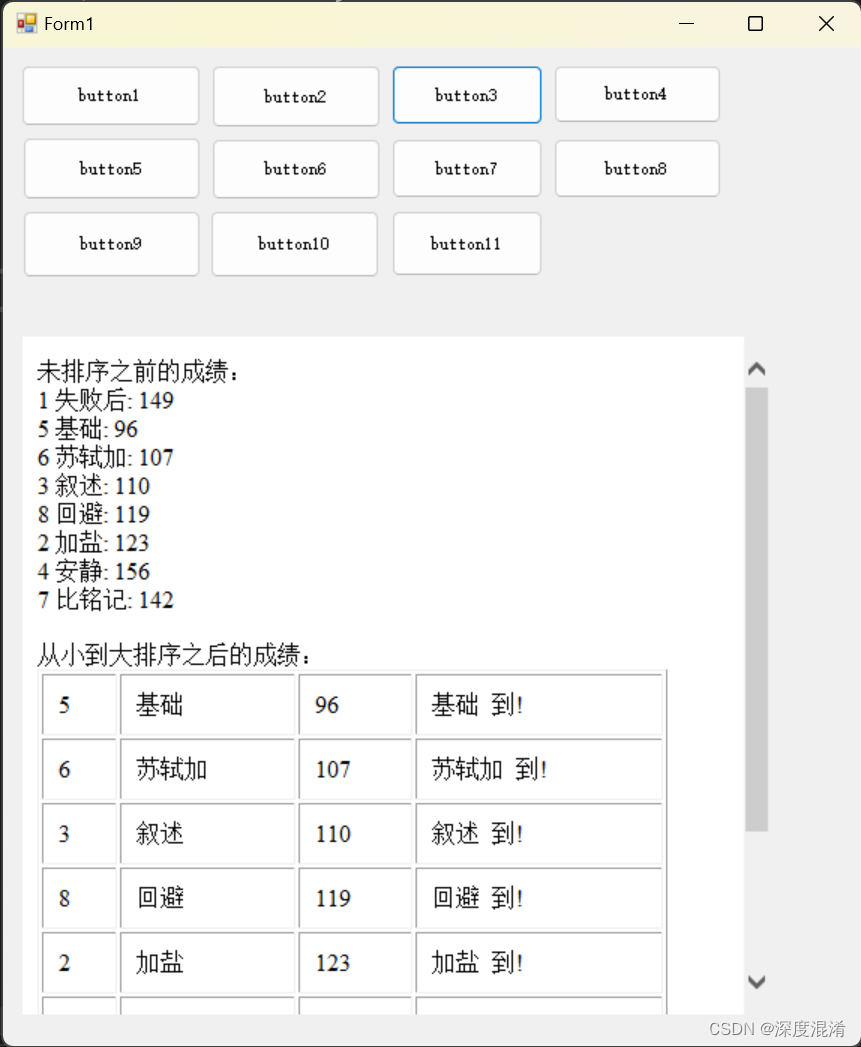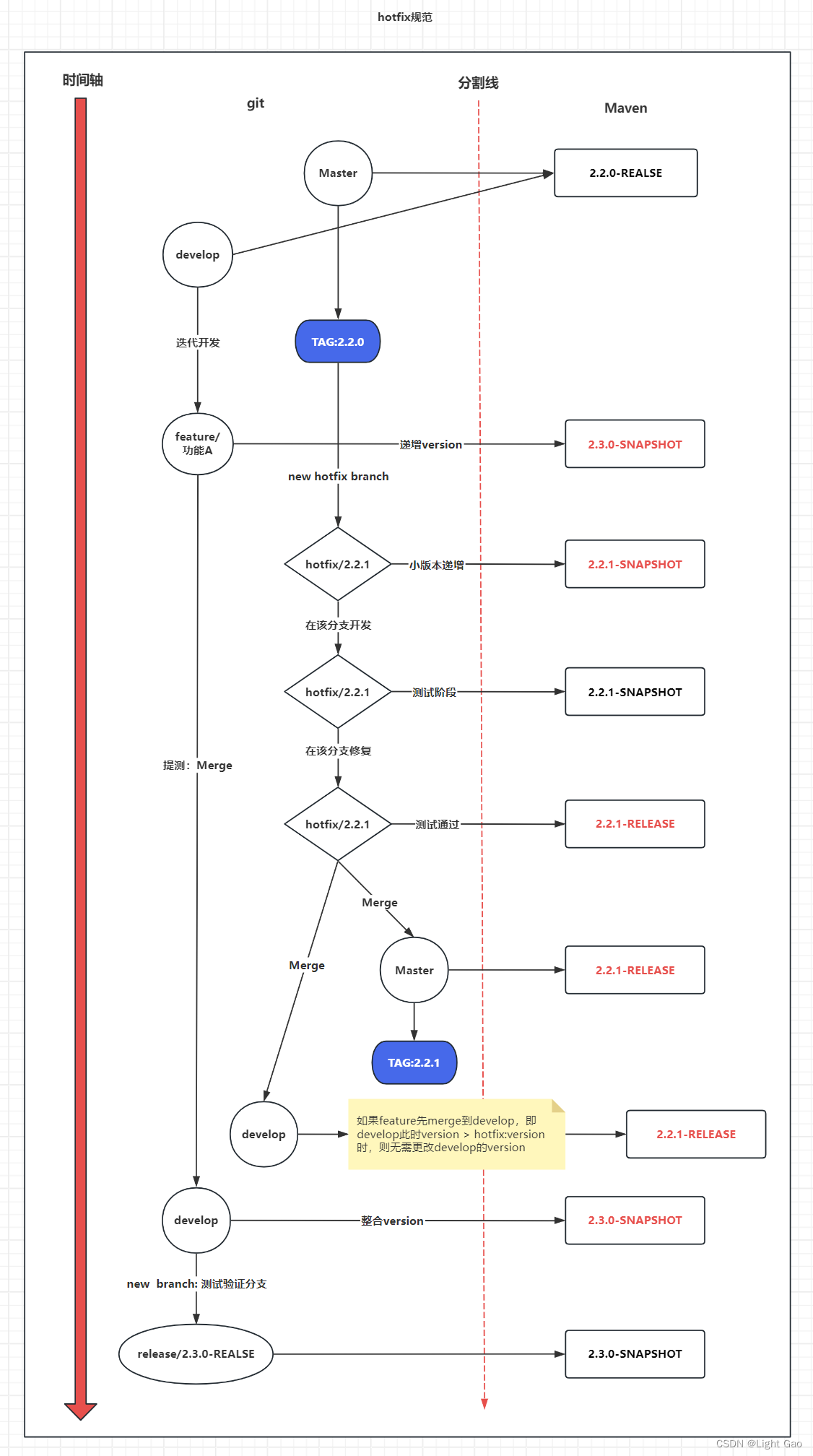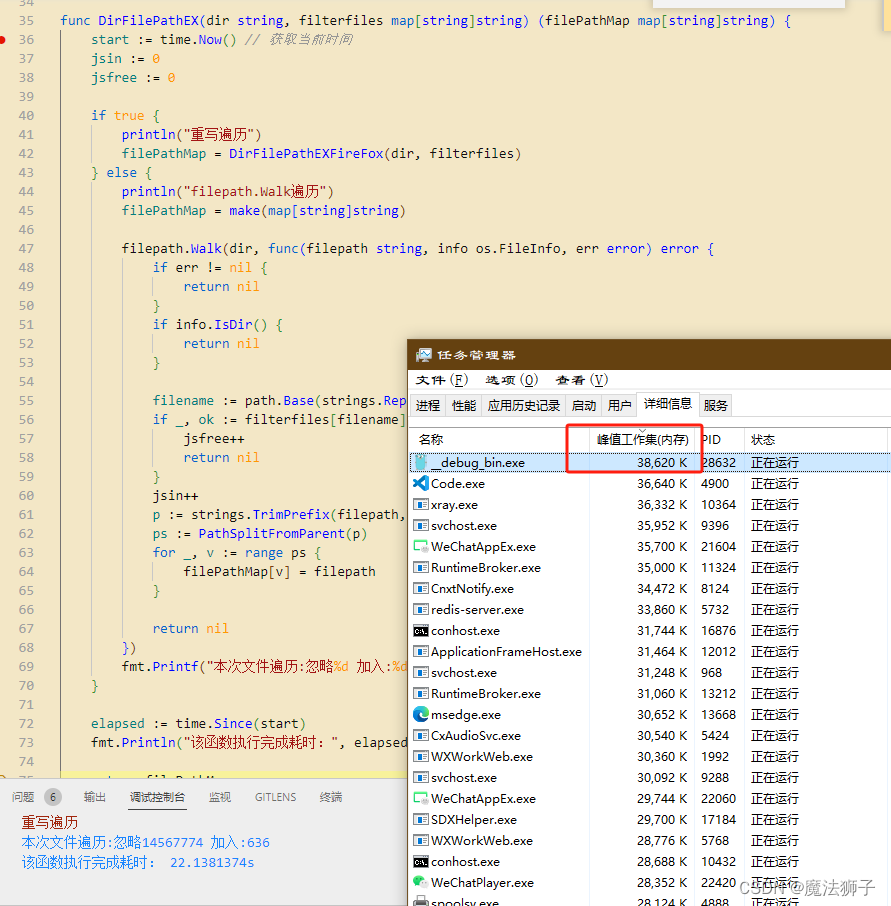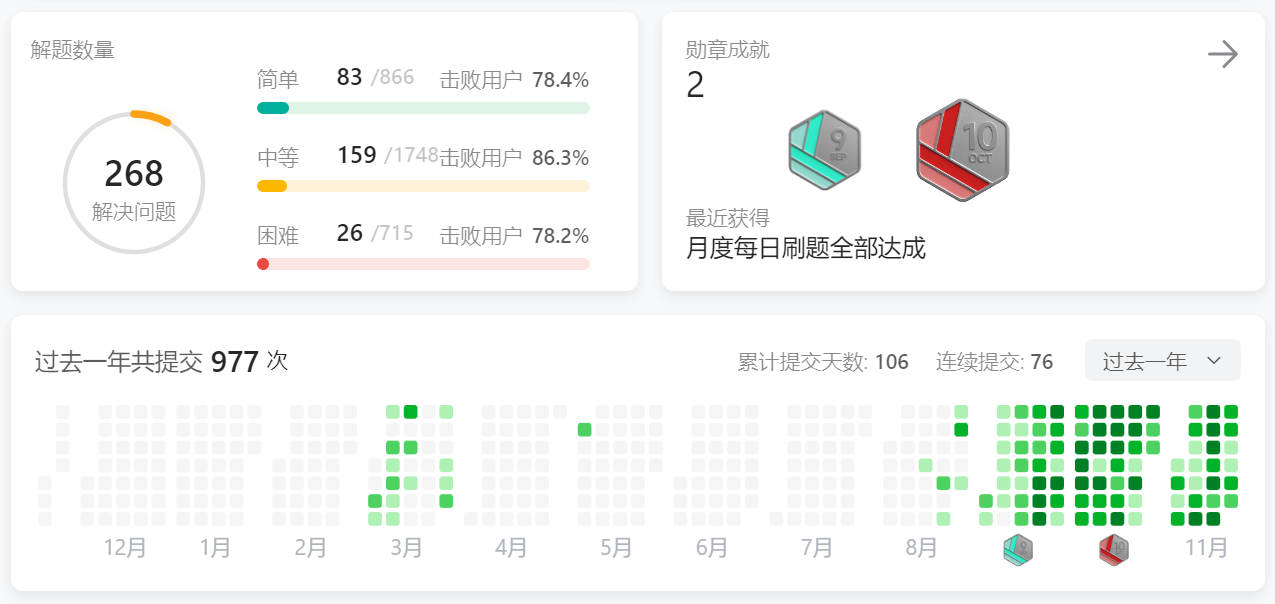A - Line Trip
题意:有一条路,可以用一条数线来表示。你位于数线上的点 0 ,你想从点 0 到点 x ,再回到点 0。你乘汽车旅行,每行驶 1个单位的距离要花费 1 升汽油。当您从点 0出发时,汽车已加满油(油箱中的油量已达到最大值)。在 a1,a2,…,an点有 n 个加油站。到达加油站后,为汽车加满油。注意只能在加油站加油, 0 和 x点没有加油站。你必须计算出你的汽车油箱的最小容积(以升为单位),这样你才能从点 0行驶到点 x 并返回到点 0 。
思路:求一下相邻加油站的距离最大值即可,注意最后一个加油站要先到点x再回来。
// Problem: A. Line Trip
// Contest: Codeforces - Educational Codeforces Round 158 (Rated for Div. 2)
// URL: https://codeforces.com/contest/1901/problem/0
// Memory Limit: 256 MB
// Time Limit: 2000 ms
//
// Powered by CP Editor (https://cpeditor.org)
#include <bits/stdc++.h>
using namespace std;
#define LL long long
#define pb push_back
#define x first
#define y second
#define endl '\n'
const LL maxn = 4e05+7;
const LL N=1e05+10;
const LL mod=1e09+7;
typedef pair<int,int>pl;
priority_queue<LL , vector<LL>, greater<LL> >t;
priority_queue<LL> q;
LL gcd(LL a, LL b){
return b > 0 ? gcd(b , a % b) : a;
}
LL lcm(LL a , LL b){
return a / gcd(a , b) * b;
}
int n , m;
int a[N];
void init(int n){
for(int i = 0 ; i <= n ; i ++){
a[i] = 0;
}
}
void solve()
{
cin >> n >> m;
for(int i = 1 ; i <= n ; i ++){
cin >> a[i];
}
int maxx = (m - a[n]) * 2;
for(int i = 1 ; i <= n ;i ++){
maxx = max(maxx , a[i] - a[i - 1]);
}
cout << maxx << endl;
}
int main()
{
ios::sync_with_stdio(false);
cin.tie(0);
cout.tie(0);
cout.precision(10);
int t=1;
cin>>t;
while(t--)
{
solve();
}
return 0;
}
B - Chip and Ribbon
题意:有一条带子被分成 n 个单元格,从左到右编号为 1 到 n 。最初,每个单元格中都写有一个整数 0。Monocarp在玩芯片游戏。游戏由几个回合组成。在第一轮中,Monocarp 将芯片放入色带的 第一单元格。除了第一轮之外,在每一轮中,魔卡都会做以下两个动作中的恰好一个:
- 将芯片移动到下一个单元格(例如,如果芯片在 i 单元格,则将其移动到 i+1单元格)。如果芯片在上一格,则无法进行此操作;
- 选择任意一个 x单元格,将芯片传送到该单元格。可以选择芯片当前所在的单元格。
每回合结束时,写入芯片所在单元格的整数会增加 1。
Monocarp的目标是在某些回合中使第一个单元格中等于整数 c1 , 第二个单元格中等于整数 c2 ....第n个单元格中等于整数 cn。他希望尽可能少地传送芯片。
请帮助 Monocarp 计算他传送芯片的最少次数。
思路:对于一个连续的序列来说,无需传送就能全部+1,因此此题变成了每轮操作能将[l ,r]单元格内的数加一,求最小操作数。此题类似于Problem - C - Codeforces
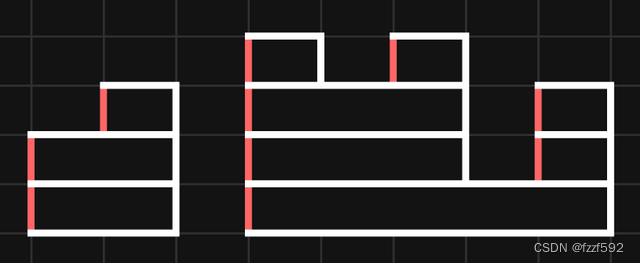
可以发现,所有左侧标红的即为选择的区间,因此最小操作数就是统计标红的数量,即。具体解析可以看该题题解。
// Problem: B. Chip and Ribbon
// Contest: Codeforces - Educational Codeforces Round 158 (Rated for Div. 2)
// URL: https://codeforces.com/contest/1901/problem/B
// Memory Limit: 256 MB
// Time Limit: 2000 ms
//
// Powered by CP Editor (https://cpeditor.org)
#include <bits/stdc++.h>
using namespace std;
#define LL long long
#define pb push_back
#define x first
#define y second
#define endl '\n'
const LL maxn = 4e05+7;
const LL N=2e05+10;
const LL mod=1e09+7;
typedef pair<int,int>pl;
priority_queue<LL , vector<LL>, greater<LL> >t;
priority_queue<LL> q;
LL gcd(LL a, LL b){
return b > 0 ? gcd(b , a % b) : a;
}
LL lcm(LL a , LL b){
return a / gcd(a , b) * b;
}
int n , m;
int a[N];
void init(int n){
for(int i = 0 ; i <= n ; i ++){
a[i] = 0;
}
}
void solve()
{
int n;
cin >> n;
for(int i = 1 ; i <= n ; i ++){
cin >> a[i];
}
LL ans = 0;
for(int i = 1 ; i <= n ; i ++){
if(a[i] > a[i - 1]){
ans += a[i] - a[i - 1];
}
}
cout << ans - 1<< endl;
}
int main()
{
ios::sync_with_stdio(false);
cin.tie(0);
cout.tie(0);
cout.precision(10);
int t=1;
cin>>t;
while(t--)
{
solve();
}
return 0;
}
C - Add, Divide and Floor
题意:给你一个整数数组 a1,a2,…,an ( )。在一次操作中,你可以选择一个整数 x (
),并用 ⌊
⌋ 替换 ai ( ⌊y⌋ 表示将 y 舍入为最接近的整数)。 ⌊y⌋ 表示将 y 舍入为最接近的整数)来替换从 1 到 n 的所有 i。请注意,每次操作都会影响数组中的所有元素。打印使数组中所有元素相等所需的最小操作数。如果操作次数小于或等于 n,则打印每次操作所选择的 x 。如果有多个答案,则打印任意一个。
思路:若最小的数通过操作等于最大的数,那么其他数必然也相等。因此只需要看最小的和最大的即可。再考虑如何去操作:观察可以发现其实x的大小没有用,x的奇偶性可能会改变答案,因此我们x的取值只设为(0 , 1)。如果最大值是偶数,那么+1不会使得结果更大,否则可能会使得结果更大。
// Problem: C. Add, Divide and Floor
// Contest: Codeforces - Educational Codeforces Round 158 (Rated for Div. 2)
// URL: https://codeforces.com/contest/1901/problem/C
// Memory Limit: 256 MB
// Time Limit: 2000 ms
//
// Powered by CP Editor (https://cpeditor.org)
#include <bits/stdc++.h>
using namespace std;
#define LL long long
#define pb push_back
#define x first
#define y second
#define endl '\n'
const LL maxn = 4e05+7;
const LL N=2e05+10;
const LL mod=1e09+7;
typedef pair<int,int>pl;
priority_queue<LL , vector<LL>, greater<LL> >t;
priority_queue<LL> q;
LL gcd(LL a, LL b){
return b > 0 ? gcd(b , a % b) : a;
}
LL lcm(LL a , LL b){
return a / gcd(a , b) * b;
}
int n , m;
int a[N];
void init(int n){
for(int i = 0 ; i <= n ; i ++){
a[i] = 0;
}
}
void solve()
{
cin >> n;
int maxx = -1 , minn = 1.5e9;
for(int i = 0 ; i < n ; i ++){
cin >> a[i];
maxx = max(a[i] , maxx);
minn = min(minn , a[i]);
}
vector<int> ans;
while (minn != maxx) {
if (minn % 2 == maxx % 2) {
ans.push_back(0);
} else if (maxx % 2 == 0) {
ans.push_back(1);
++minn;
++maxx;
} else {
ans.push_back(0);
}
minn /= 2;
maxx /= 2;
}
cout << ans.size() << "\n";
if ((int)ans.size() <= n) {
for (int x : ans) {
cout << x << " ";
}
cout << "\n";
}
}
int main()
{
ios::sync_with_stdio(false);
cin.tie(0);
cout.tie(0);
cout.precision(10);
int t=1;
cin>>t;
while(t--)
{
solve();
}
return 0;
}
D - Yet Another Monster Fight
题意:现有n头怪兽,每个怪兽有的血量,你需要发动一次魔法将所有怪兽打败。魔法规则如下:第一轮将打中你选择的那头怪兽,并扣除x的血量,接下来每一轮魔法的伤害值减一,并且打中那些未被打中的,处于已被打中的怪兽的相邻怪兽。要求你可以选择任意第一轮打中的怪兽的情况下,魔法的初始伤害的最小值。
思路:首先考虑已知第一轮打中第 只怪兽的情况下,魔法初始伤害的最小值。对于
的第
只怪兽而言,其最晚被打中的轮次为右边所有怪兽的数量(
),所以初始伤害值需要
,我们将其定义为
。而对于
的第
只怪兽而言则相反,其最晚被打中的轮次为
,初始伤害值需要
,我们将其定义为
。因此魔法初始伤害的最小值为:
。考虑完这个以后我们可以通过前缀最大值和后缀最大值来维护
数组。然后再遍历每只怪兽,假设其为第一轮攻击的怪兽,求魔法初始伤害的最小值即可。
// Problem: D. Yet Another Monster Fight
// Contest: Codeforces - Educational Codeforces Round 158 (Rated for Div. 2)
// URL: https://codeforces.com/contest/1901/problem/D
// Memory Limit: 256 MB
// Time Limit: 2000 ms
//
// Powered by CP Editor (https://cpeditor.org)
#include <bits/stdc++.h>
using namespace std;
#define LL long long
#define pb push_back
#define x first
#define y second
#define endl '\n'
const LL maxn = 4e05+7;
const LL N=3e05+10;
const LL mod=1e09+7;
typedef pair<int,int>pl;
priority_queue<LL , vector<LL>, greater<LL> >t;
priority_queue<LL> q;
LL gcd(LL a, LL b){
return b > 0 ? gcd(b , a % b) : a;
}
LL lcm(LL a , LL b){
return a / gcd(a , b) * b;
}
int n , m;
LL a[N];
LL r[N] , l[N];
void init(int n){
for(int i = 0 ; i <= n ; i ++){
a[i] = 0;
}
}
void solve()
{
int n;
cin >> n;
for(int i = 1 ; i <= n ; i ++)
cin >> a[i];
for(int i = 1 ; i <= n ; i ++){
l[i] = a[i] + (i - 1);
r[i] = a[i] + (n - i);
}
for(int i = 1 ; i <= n ; i++){
r[i] = max(r[i - 1] , r[i]);
}
for(int i = n; i >= 1 ; i --){
l[i] = max(l[i + 1] , l[i]);
}
LL ans = 1e18;
for(int i = 1 ; i <= n ; i ++){
ans = min(ans , max(a[i] , max(r[i - 1] ,l[i + 1])));
}
cout << ans ;
}
int main()
{
ios::sync_with_stdio(false);
cin.tie(0);
cout.tie(0);
cout.precision(10);
int t=1;
// cin>>t;
while(t--)
{
solve();
}
return 0;
}
E - Compressed Tree (树形DP)
题意:给你一棵由 n 个顶点组成的树。每个顶点上都写有一个数字;顶点 i 上的数字等于 ai 。
您可以执行以下任意次数的操作(可能为零):选择一个最多有1条边的顶点,并将该顶点从树中删除。请注意,您可以删除所有顶点。
完成所有操作后,就可以压缩树了。压缩过程如下。当树中有一个顶点恰好有2条边时,执行以下操作:删除该顶点,用一条边连接其邻居。
可以看出,如果在压缩过程中有多种选择删除顶点的方法,那么得到的树还是一样的。
你们的任务是计算在任意次数的上述操作后,求出压缩完树以后的所有顶点的权值之和最大。
思路:对于一个顶点来说,最终压缩完树以后有4种情况:
1、只保留了自己一个顶点。
2、保留了自己和自己邻边上一个顶点。
3、保留了邻边上的两个顶点。
4、保留了自己和邻边上面2个以上的顶点。(这样在压缩的时候就不会把自己删了)
因此用dp[n][4]来分别表示这四种状态。接下来考虑如何从子顶点上转移,若顶点只有一个子顶点,那么就只有1、2两种情况。如果顶点有两个子顶点,那么就会出现1、2、3三种情况。如果子顶点大于2个的话,那么就需要对子顶点的值进行排序了,肯定是越大的越好。对于情况4,并不是所有的子顶点都需要选择,若子顶点的值小于0,那么就代表这子顶点是无需保留的,删除即可。
接下来考虑子树的值如何选择:对于情况1和情况4,直接继承。对于情况2,在压缩的过程中会把子树结点给压缩掉,所以需要减去子顶点的值。对于情况3,原本是不保留子顶点的,但是由于需要连到父亲上,所以子顶点需要保留,因此需要增加子顶点的值。因此一个子顶点的值即为:。
接下来走任意一点开始走一遍DFS,时刻记录最大值。(只有一条链或者两个点的情况下特殊处理一下即可)
// Problem: E. Compressed Tree
// Contest: Codeforces - Educational Codeforces Round 158 (Rated for Div. 2)
// URL: https://codeforces.com/contest/1901/problem/E
// Memory Limit: 256 MB
// Time Limit: 2000 ms
//
// Powered by CP Editor (https://cpeditor.org)
#include <bits/stdc++.h>
using namespace std;
#define LL long long
#define pb push_back
#define x first
#define y second
#define endl '\n'
const LL maxn = 4e05+7;
const LL N=5e05+10;
const LL mod=1e09+7;
const LL inf = 1e18;
typedef pair<int,int>pl;
priority_queue<LL , vector<LL>, greater<LL> >t;
priority_queue<LL> q;
LL gcd(LL a, LL b){
return b > 0 ? gcd(b , a % b) : a;
}
LL lcm(LL a , LL b){
return a / gcd(a , b) * b;
}
int n , m;
LL a[N];
int deg[N];
vector<int>e[N];
LL dp[N][4];
void init(int n){
for(int i = 0 ; i <= n ; i ++){
a[i] = 0 , deg[i] = 0 , e[i].clear();
}
}
LL cmp(LL a , LL b){
return a > b;
}
LL ans = 0;
void dfs(int cur , int fa){
dp[cur][0] = a[cur] , dp[cur][1] = -inf , dp[cur][2] = -inf , dp[cur][3] = -inf;
vector<LL>ch;
for(auto v : e[cur]){
if(v == fa)
continue;
dfs(v , cur);
ch.pb(max(dp[v][0], max(dp[v][1] - a[v], max(dp[v][2] + a[v], dp[v][3]))));
}
sort(ch.begin() , ch.end() , cmp);
if(ch.size() >= 1){
dp[cur][1] = a[cur] + ch[0];
}
if(ch.size() >= 2){
dp[cur][2] = ch[0] + ch[1];
}
if(ch.size() >= 3){
dp[cur][3] = a[cur] + ch[0] + ch[1] + ch[2];
for(int i = 3 ; i < (int)ch.size() ; i ++){
if(ch[i] < 0){
break;
}
dp[cur][3] += ch[i];
}
}
ans = max(ans , max(dp[cur][0], max(dp[cur][1], max(dp[cur][2], dp[cur][3]))));
}
void solve()
{
cin >> n;
for(int i = 1 ; i <= n ; i ++)
cin >> a[i];
int max_deg = 1;
for(int i = 1 ; i < n ; i ++){
int x , y;
cin >> x >> y;
e[x].pb(y);
e[y].pb(x);
deg[x] ++;
deg[y] ++;
max_deg = max(max_deg , max(deg[x] , deg[y]));
}
if(max_deg == 1){
if(a[1] < 0){
cout << max(1LL * 0 , a[2]) << endl;
}
else{
cout << max(a[1] , a[1] + a[2]) << endl;
}
}
else if(max_deg == 2){
sort(a + 1, a + 1 + n , cmp);
if(a[1] < 0){
cout << max(1LL * 0 , a[2]) << endl;
}
else{
cout << max(a[1] , a[1] + a[2]) << endl;
}
}
else{
ans = 0;
dfs(1 , 0);
cout << ans << endl;
}
init(n);
}
int main()
{
ios::sync_with_stdio(false);
cin.tie(0);
cout.tie(0);
cout.precision(10);
int t=1;
cin>>t;
while(t--)
{
solve();
}
return 0;
}
